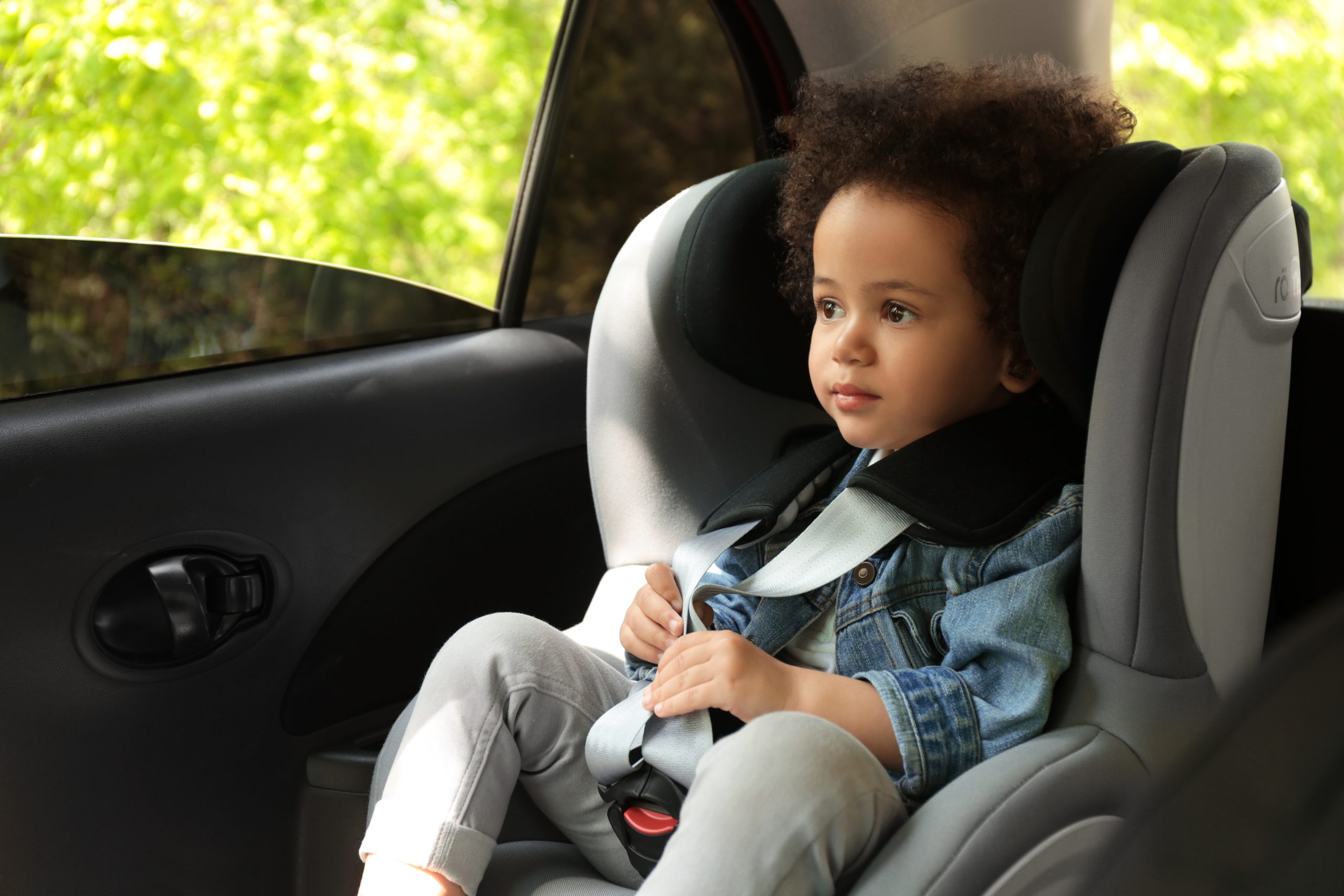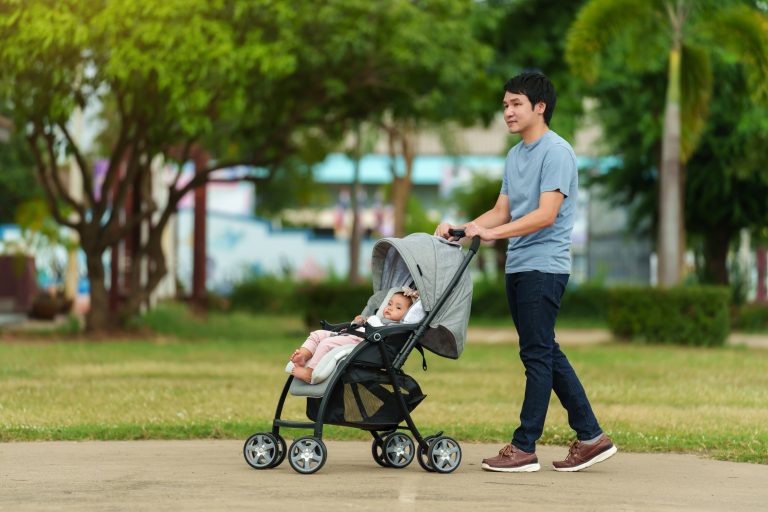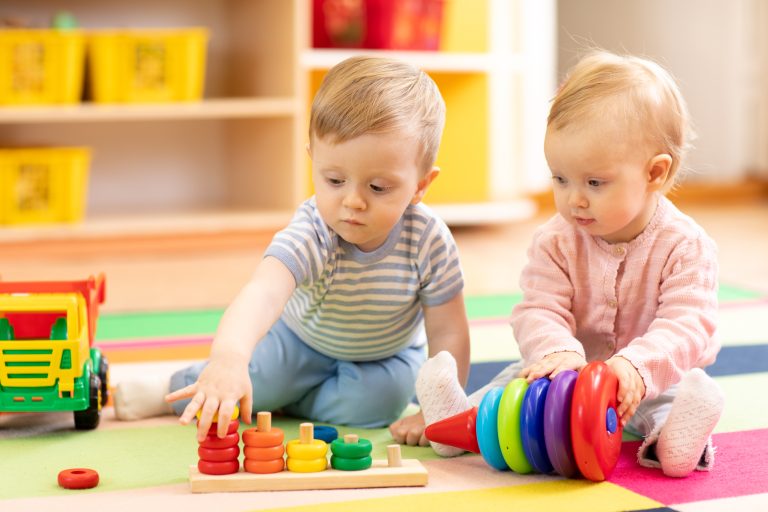The safety of the youngest member of the crew, your baby, is of utmost importance when it comes to travelling by car. Among the many important decisions parents or carers have to make, choosing where to place the baby car seat has its place. This decision is not a decision of convenience but of protection of precious lives on the road, where many things can happen unexpectedly. Being prepared for any moment on the road both ensures the safety of your baby and your peace of mind.
Knowing where to place the car seat is just as important as getting a car seat for your baby and various factors influence this decision from your little one’s stature to the compatibility of your car. In this guide, we will explore the tips and tricks of the best car seat placement for your precious one, and help you provide the highest possible level of protection for them during car journeys. Together, let’s ensure that every ride becomes a journey of safety, comfort, fun, and peace for both you and your little one.
Which Car Seat is the Best?
It’s better to be safe than sorry. We hope that each car journey is a safe and happy one but it is important to know that when an accident happens, each seat has a different impact. Let’s explore how fitting each seat is in a car for a child seat. Of course, except for the driver’s seat.
Front Passenger Seat:
It is safer for your kids to travel in the rear seats than in the front. As a parent, it is only normal that you want to keep an eye on your baby but we should consider the fact that as both the driver and the parent, multitasking while driving makes you more likely to crash. If your little one needs constant monitoring, it is safer for your family to ask another adult to either stay with them in the rear or drive for you.
- Important issue! It is important to note that you should never place a rearward-facing baby seat in the front if there is an active passenger airbag. If the airbag goes off, it will hit the baby and possibly fling the car seat with significant force.
- If you must fit a forward-facing car seat in the front, make sure that the car seat is as far back as possible and double-check that the child seat is securely installed. It is better to consult a technician to see if it is possible and okay to install the car seat in the front passenger seat.
Rear Seat Behind the Driver:
If possible, it is better to use the other rear seats. Using this seat makes it harder for the driver to get the child in and out of the car for you may have to do it on the roadside of the vehicle. If you use this seat, make sure the child seat can be fitted in this position correctly.
Middle Rear Seat:
If the middle rear seat has a three-point seat belt, it is the safest seat to put a child restraint on because it is the furthest away from the sides of the car, thus reducing the chances of taking any side impacts during an incident. Unless the manufacturer’s instructions say any other seat is better, reserving the middle rear seat for your child is your safest option. If the middle seat has a lap-only belt, check the car seat instructions to see if the car seat can be installed with a lap-only belt.
Rear Seat Behind the Front Passenger:
Installing the car seat in this seat is a better option than the seat behind the driver for it means you can get your child in and out of the car on the pavement side. But before installing, it is important to make sure that the child seat can be fitted in this position.
Front-facing or Rear-facing?
The direction the car seat faces is just as important as the seat you install it. When placing a child seat, consider the age, weight, and height of your child. For infants and toddlers, it is generally safer to use a rear-facing seat as it offers better support for their neck and spine in the event of a collision. As your child grows older and reaches the appropriate requirements stated by your manufacturer, transitioning their seat to a front-facing is advisable ensuring they still meet the safety requirements for their size. Make sure always to follow the manufacturer’s instructions to ensure proper installation and maximum safety.
Placing the Seat Incorrectly
Placing the child seat incorrectly can significantly lower its effectiveness in protecting your child in the event of an accident. The seat not being properly installed bears the risk of shifting and detaching during sudden stops or accidents, increasing the risk of injuries. Incorrect positioning can also expose them to greater danger. Additionally, faulty installation can result in the child not being properly restrained which can increase the likelihood of injury.
To make sure that the car seat is placed correctly, start by carefully reading the manufacturer’s instructions for your specific seat model. Position the seat in the back seat of the vehicle, in the centre if possible, as it’s typically the safest spot. Use either the vehicle’s seat belt or the LATCH (Lower Anchors and Tethers for Children) system to secure the seat firmly in place. Assure that there is minimal to no movement when you tug on the seat from different angles. Double-check that the harness or seat belt is correctly fastened and adjusted snugly around your child. Regularly check and adjust the seat’s installation to maintain its security as time passes. Always carefully follow the manufacturer’s instructions and when in doubt consult with local safety regulations to ensure the correct positioning and installation of the child seat, to ensure utmost safety and comfort for your little one, and peace of mind for yourself.
Vehicle Compatibility
Ensuring compatibility between your child’s seat and your vehicle is essential for optimal safety. Check the vehicle owner’s manual and the child seat manufacturer’s guidelines to confirm compatibility. Pay attention to factors such as the vehicle’s seating configuration, the presence and type of anchor points (LATCH system), and any restrictions on using specific types of child seats. Some vehicles may have features like adjustable headrests or seat belt locking mechanisms that can affect the installation of the child seat. If uncertain, you can contact the vehicle manufacturer or a certified child passenger safety technician for assistance in determining compatibility and proper installation.
Having More Than One Child Seats
Having to install and position more than one car seat can be complex. If possible, position the youngest or the smallest child in the centre rear seat, which offers the most protection in the vehicle. Use a combination of rear-facing, forward-facing, and booster seats as needed to ensure each child is properly restrained according to their physical requirements. If your vehicle allows, stagger the positions of the child seats to maximise space and accessibility for each child.
Having twins may present a unique challenge when it comes to car seat installation. It’s essential to ensure that both child seats fit securely in your vehicle and adapt to the needs of your twins. You may consider using identical car seats to simplify installation and guarantee consistency in safety features. If the vehicle allows, position both car seats side by side in the back seat, ensuring there’s enough space between them for easy access and adjustment.
Make sure to regularly check and adjust the installation of the car seats to ensure they remain secure and properly restrain both children. If you need assistance or advice on installing car seats for twins, consider consulting with a certified child passenger safety technician for personalised guidance.




